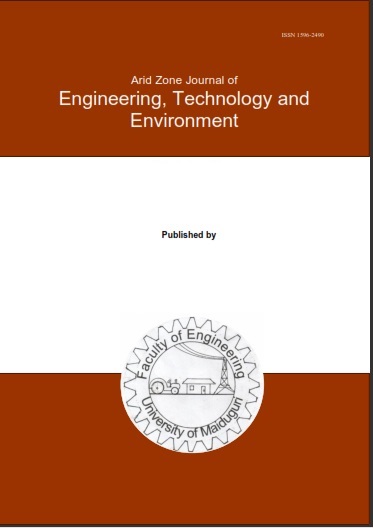Abstract
Milk derived from animal sources often contains anti-nutrient elements such as α-lactoglobulin, β-lactoglobulin, lactose and cholesterol, which can contribute to various health challenges. Plant-based milk alternatives, such as tiger-nut milk, offer a healthier option but often face limitations like short shelf life and high storage costs. This study aimed to investigate the drying kinetics and proximate composition of tiger-nut milk powder. Tiger-nut tubers were processed into milk from brown varieties and subsequently dried at 50, 60, and 70°C. Data obtained were fitted to five commonly applied drying mathematical models (Newton, Logarithmic, Page, Henderson and Pabis) to determine the one which predicted the drying kinetics of the milk more accurately. The dried powder was then analyzed for its proximate composition, including moisture content, crude fiber, carbohydrates, protein, lipids, ash, and pH using standardized procedures developed by Association of Official Analytical Chemists (AOAC). The best fit model for the drying kinetics analysis was determined using the coefficient of determination (R²), with the Page model having the highest R² values of 0.998-0.999. This analysis revealed that the Page model accurately describes the drying behavior, with both drying time and equilibrium moisture content decrease as the drying temperature increases. The results also indicated that tiger-nut milk powder contains a moderate protein content (7.12-7.26%), a high carbohydrate content (63.68-64.17%), and relatively low levels of lipids (6.12-6.24%) and ash (1.42%). These findings suggest that tiger-nut milk powder has the potential to be a valuable plant-based food alternative. Future research should focus on determining its specific mineral composition, bioactive compounds, and potential health benefits.

This work is licensed under a Creative Commons Attribution-NonCommercial-NoDerivatives 4.0 International License.
Copyright (c) 2025 ARID ZONE JOURNAL OF ENGINEERING, TECHNOLOGY AND ENVIRONMENT

